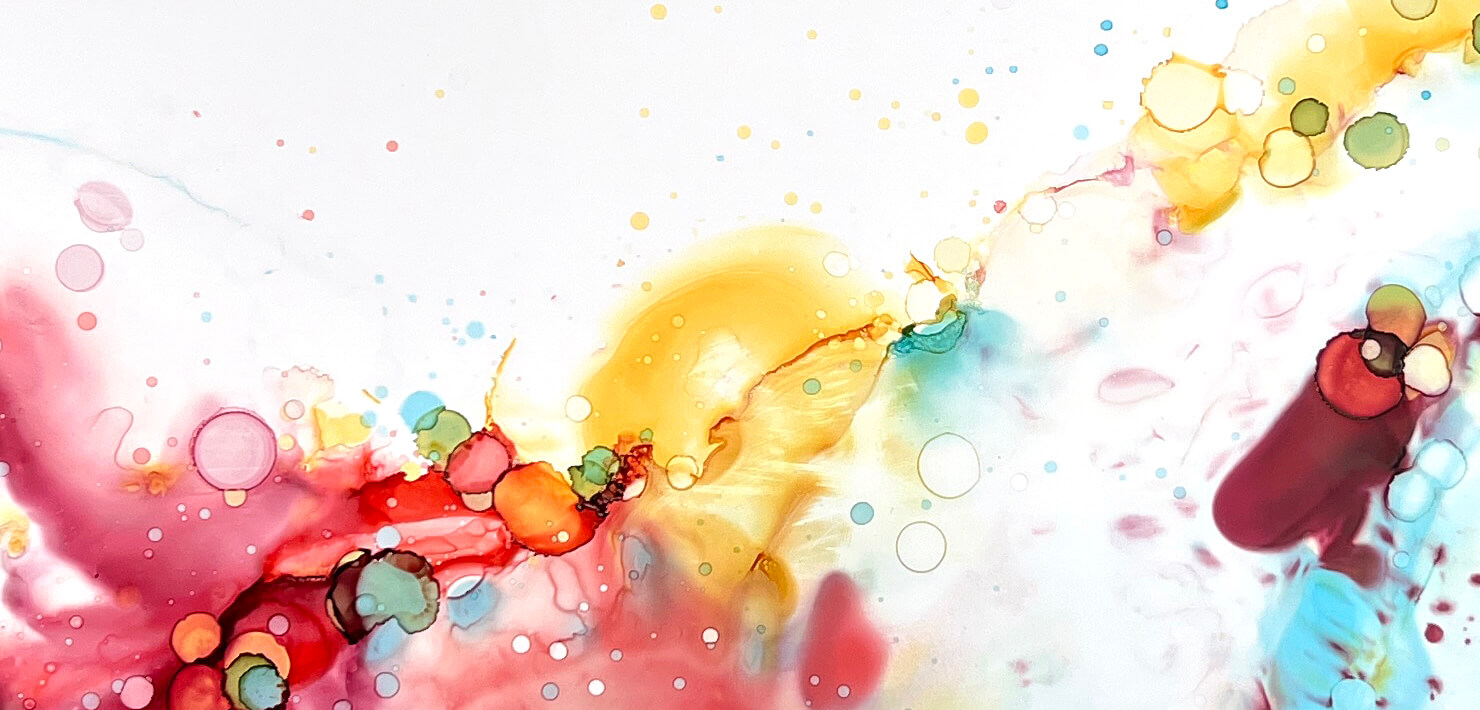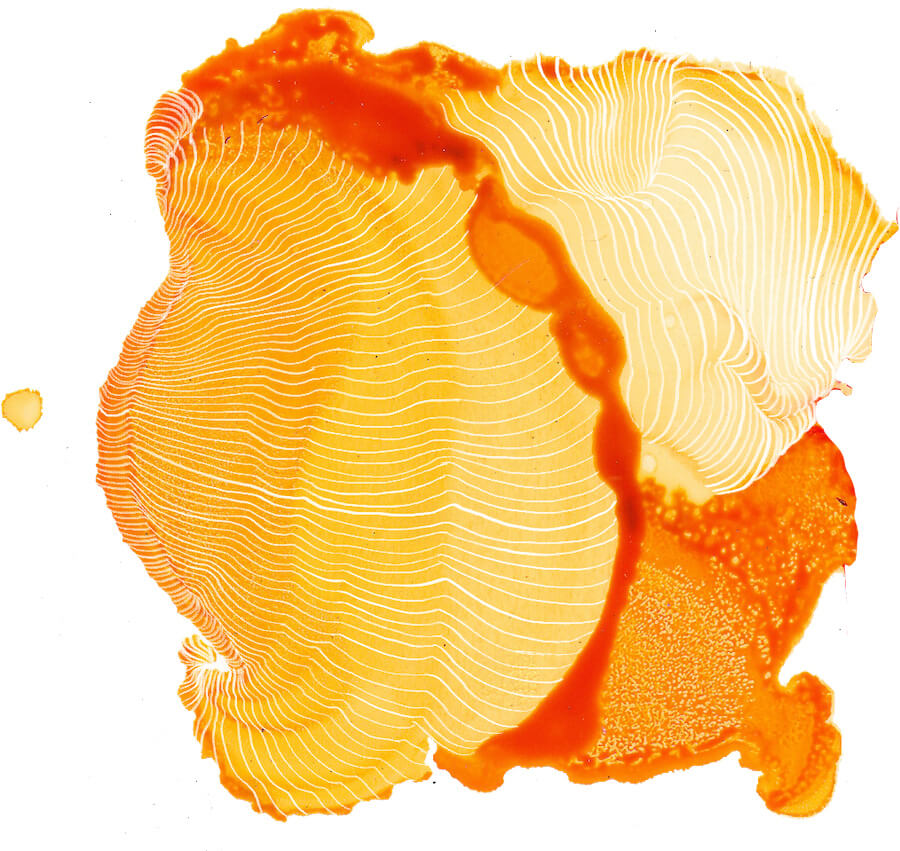A Creative Ritual for Every Lunar Cycle

The signs of change are subtle but abundant…
Each fall, nature gives us a glimpse of the path back in.
—Richard Vacha, The Heart of Tracking
Outward an owl alights into the tree behind your head
a white flash in the pine, a man’s voice near the ground
there is litter, half-wet leaves, a paper bag still rounded
tallboy shape under voluptuous ivy, black star-free stipple
the river water shushing sound attracts/distracts attention
one is swaddled by the embankment in the pregnant wet chill
it is traffic air moving sonorously in a lullaby murmur
augur of death on silent wings—the voice of your father
starting to depersonalize with age, uncertain of its place
which unmoors something, ballast slipped free of anchor
crying in this dream place rife with currants & wild cherry
one foot lifts off, a circle half sprung, one foot returns
snapping night twigs, bewitched startlement, blind saga
through the rhythm we re-mind our way through, O mother
through the way, stomp-step rise-settle turn-move, breathe
behind your head is a light, each turn casts a life, an offering
sweeping clean with soaproot, delta mouth & ocean
from here all directions accompany us home
inward just the crux at midnight bend.









